<?php
class ParaTestApplication extends Application
{
const NAME = 'ParaTest';
const VERSION = '1.0.1';
public function __construct()
{
parent::__construct(static::NAME, VersionProvider::getVersion(static::VERSION));
}
public function doRun(InputInterface $input, OutputInterface $output)
{
$this->add(new ParaTestCommand(new PHPUnit()));
return parent::doRun($input, $output);
}Parallel testing technology is a method and technology formed by introducing parallel technology into the testing field. It is an advanced testing method and technology that can better complete the task of testing multiple objects under test (UUTs) at the same time. Parallel testing is based on the concept of parallelism. The core of parallel testing is that multiple objects under test can be tested at the same time. Parallel testing mainly achieves parallel testing by switching between different objects under test. The testing process of each tested object is independent and parallel. The test of one tested object does not have to wait until the test of another tested object is completed before it can be carried out. However, the internal testing process of each tested object is still tested in sequence. Therefore, this parallel testing method has limited improvement in the test performance and instrument utilization of the test system, and there is still a lot of room for improvement
All resources on this site are contributed by netizens or reprinted by major download sites. Please check the integrity of the software yourself! All resources on this site are for learning reference only. Please do not use them for commercial purposes. Otherwise, you will be responsible for all consequences! If there is any infringement, please contact us to delete it. Contact information: admin@php.cn
Related Article
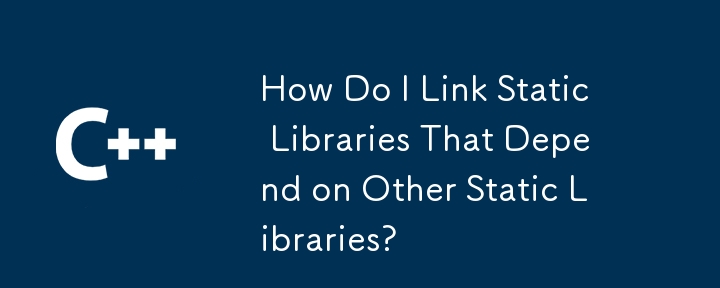 How Do I Link Static Libraries That Depend on Other Static Libraries?
How Do I Link Static Libraries That Depend on Other Static Libraries?
13 Dec 2024
Linking Static Libraries to Other Static Libraries: A Comprehensive ApproachStatic libraries provide a convenient mechanism to package reusable...
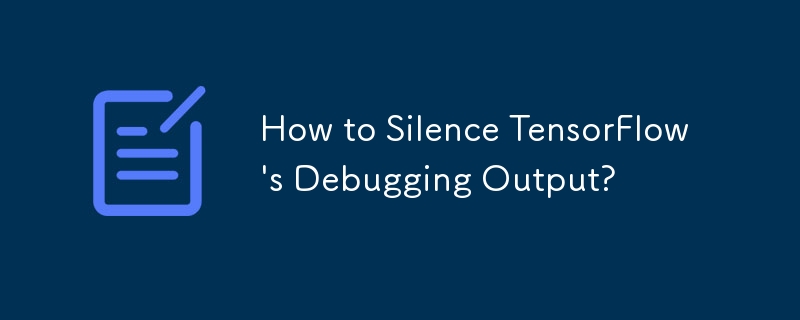 How to Silence TensorFlow\'s Debugging Output?
How to Silence TensorFlow\'s Debugging Output?
28 Oct 2024
Suppression of Tensorflow Debugging OutputTensorflow prints extensive information about loaded libraries, found devices, and other debugging data...
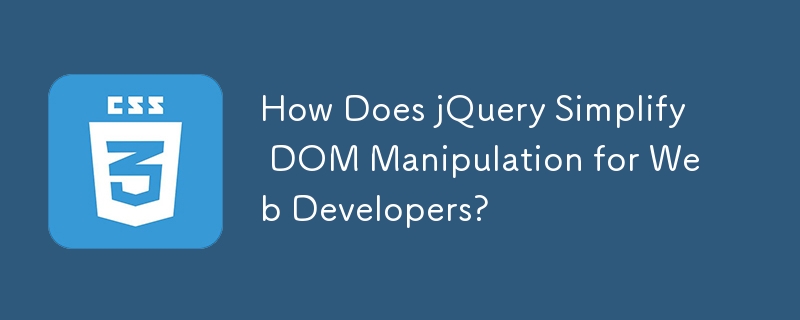 How Does jQuery Simplify DOM Manipulation for Web Developers?
How Does jQuery Simplify DOM Manipulation for Web Developers?
03 Jan 2025
Overflow: Hidden and Expansion of HeightjQuery distinguishes itself from other JavaScript libraries through its cross-platform compatibility and...
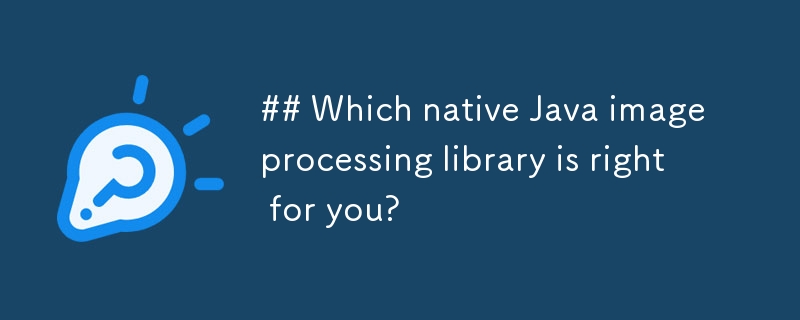 Which native Java image processing library is right for you?
Which native Java image processing library is right for you?
30 Oct 2024
Native Java Image Processing Libraries for High-Quality ResultsAs you have encountered limitations with ImageMagick and JAI, let's explore other...
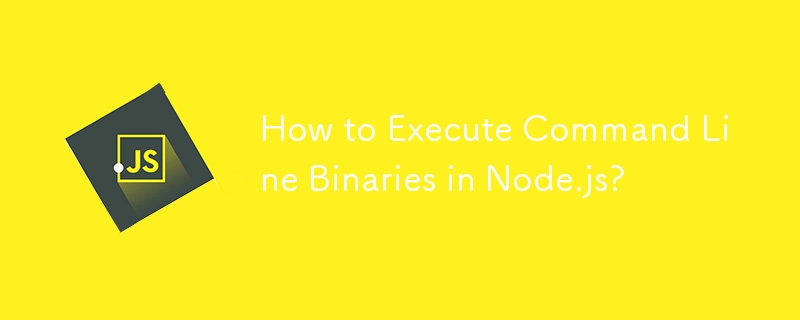 How to Execute Command Line Binaries in Node.js?
How to Execute Command Line Binaries in Node.js?
27 Dec 2024
Executing Command Line Binaries in Node.jsExecuting third-party binaries is an essential task when porting CLI libraries from other languages to...
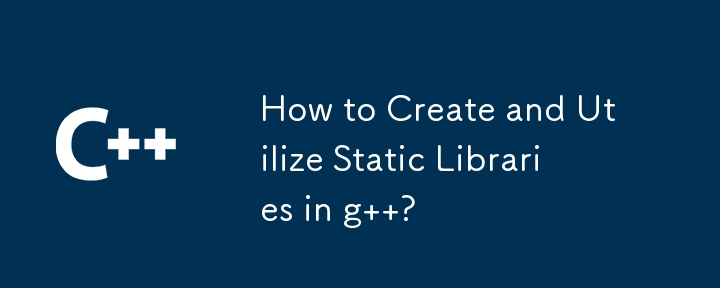 How to Create and Utilize Static Libraries in g ?
How to Create and Utilize Static Libraries in g ?
24 Oct 2024
This article guides developers on crafting static libraries in C using g . It demonstrates how to compile source code into object files, create static libraries, and incorporate them into other projects. By leveraging this approach, developers can


Hot Tools

PHP library for dependency injection containers
PHP library for dependency injection containers
A collection of 50 excellent classic PHP algorithms
Classic PHP algorithm, learn excellent ideas and expand your thinking
Small PHP library for optimizing images
Small PHP library for optimizing images




